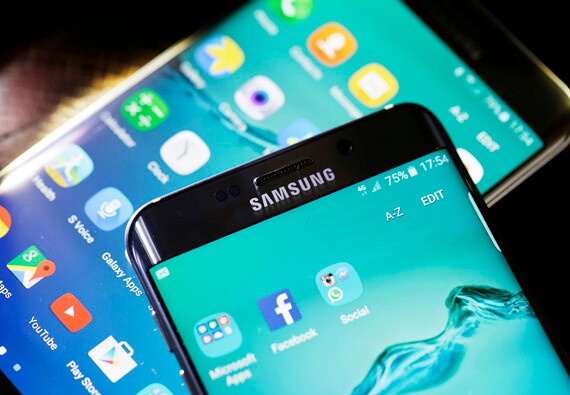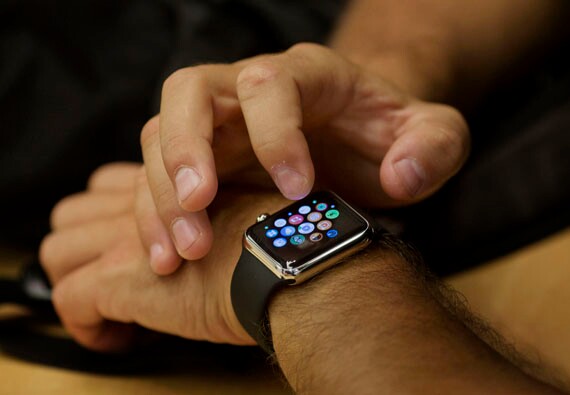

Visa's Family Reunion

Retailers Go Big in Mobile

CurrentC Gets Current

Beyond 'Pay'

Wearables' Reality Check

EMV Sinks In

PayPal's Public Proving Ground

Starbucks' Grande Vision











Acquisition talks fell through in the final hours, according to reports. Also: Visa launched another stablecoin pilot on Visa Direct; the Bank of England seeks input on stablecoin restrictions; and more in this week's global payments roundup.
The Treasury secretary highlighted the impacts the bond market has on affordability and previewed regulatory tweaks the administration is eyeing to keep yields stable and credit flowing.
Federal Reserve Gov. Christopher Waller said Wednesday that the central bank will soon issue a request for information on a nascent proposal to offer "skinny" payment accounts to eligible institutions and is aiming to finalize a rule by the fourth quarter of 2026.
Federal Reserve Bank of Atlanta President Raphael Bostic won't seek reappointment following the end of his current term on Feb. 28, 2026.
Small banks made up the majority of honorees on American Banker's 2025 Best Banks to Work For ranking.